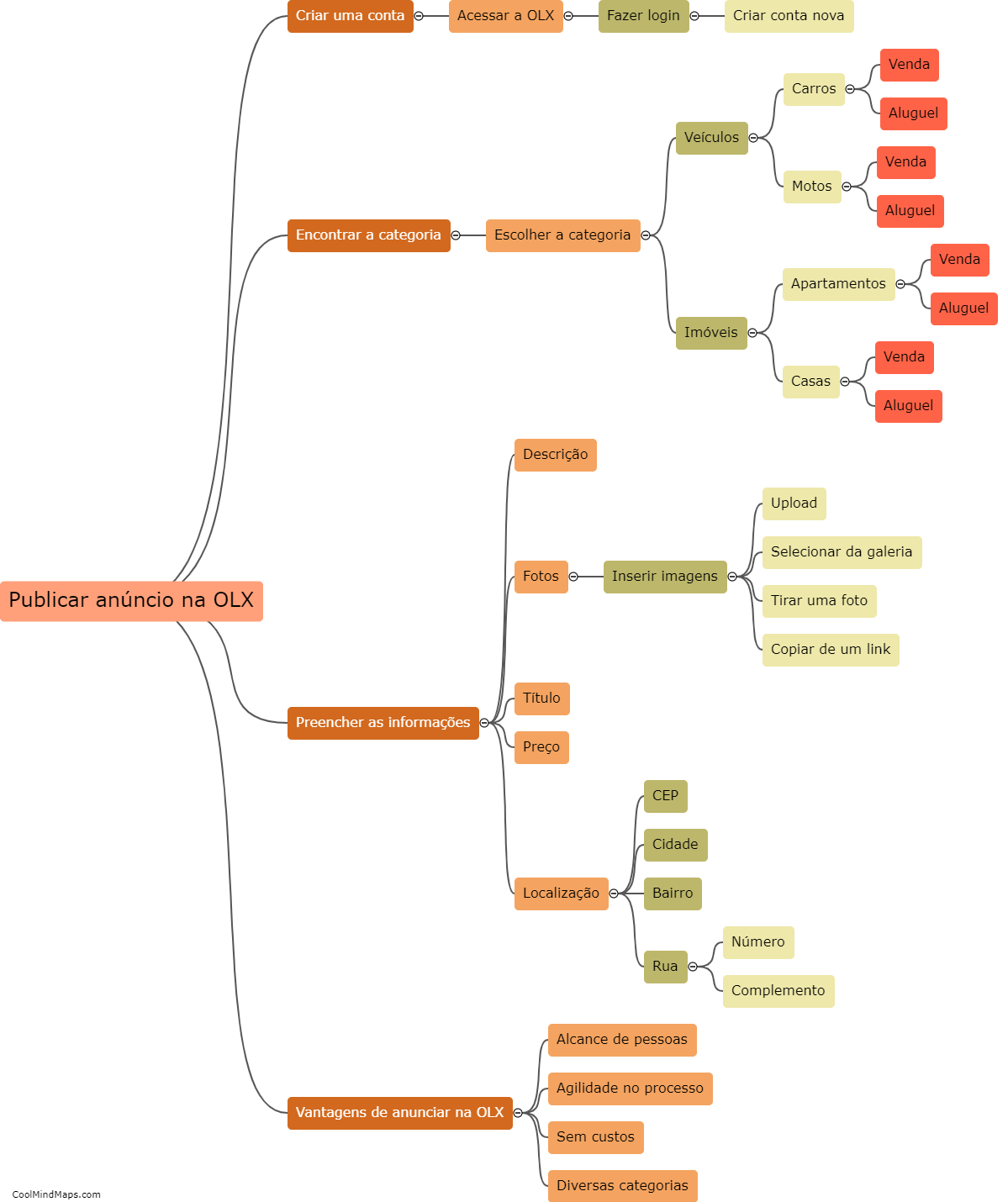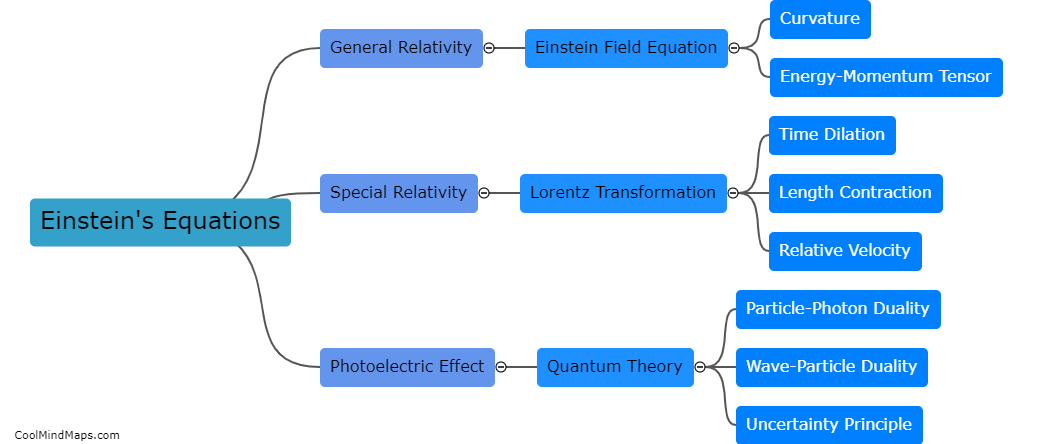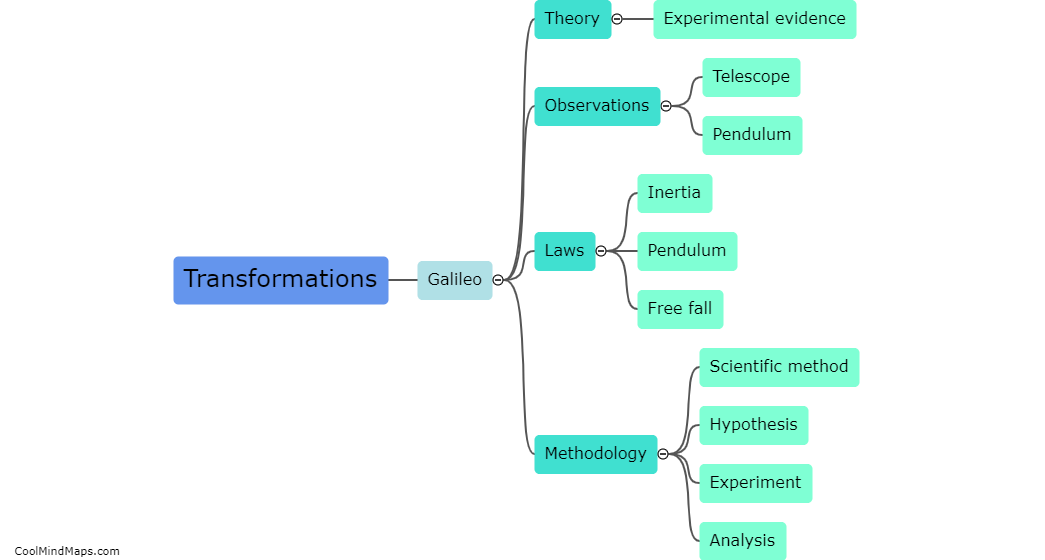What are Kepler's laws of planetary motion?
Kepler's laws of planetary motion are a set of three fundamental principles that describe the movement of planets around the Sun. These laws were formulated by the German astronomer Johannes Kepler in the early 17th century, building upon the observations made by the Danish astronomer Tycho Brahe. The first law, known as the law of ellipses, states that planets move in elliptical orbits with the Sun at one of the foci. The second law, known as the law of equal areas, states that a line joining a planet to the Sun sweeps out equal areas in equal time intervals, implying that planets move faster when they are closer to the Sun. The third law, known as the law of harmonies, states that the square of the orbital period of a planet is directly proportional to the cube of the average distance between the planet and the Sun. These laws revolutionized our understanding of planetary motion, providing a solid foundation for modern celestial mechanics.

This mind map was published on 5 October 2023 and has been viewed 98 times.











